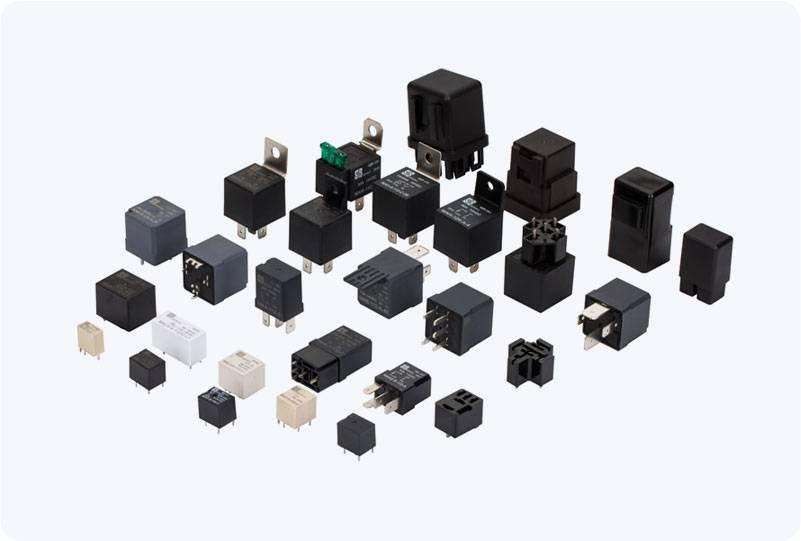understanding high voltage distribution relay: key to reliable power systems
Release time:2025-07-18 21:07:11
High Voltage Distribution Relays (HVDR) are essential components in modern electrical power distribution systems, ensuring their safety, reliability, and operational efficiency. These devices play a crucial role in protecting electrical equipment, isolating faults, and minimizing the risk of widespread outages. As the global demand for electricity continues to rise, understanding the function and importance of HVDRs has never been more critical. This article explores the features, functions, and significance of High Voltage Distribution Relays in maintaining robust power networks.

What is a High Voltage Distribution Relay?
A High Voltage Distribution Relay is a protective device used in power distribution networks to monitor electrical circuits and detect faults. These relays are designed to operate in high-voltage environments (typically ranging from 1kV to several hundred kV) and are essential for detecting abnormalities like short circuits, overloads, and other power quality issues. When a fault occurs, the HVDR swiftly responds by disconnecting the affected circuit, thus preventing potential damage to equipment and ensuring the overall stability of the system.

